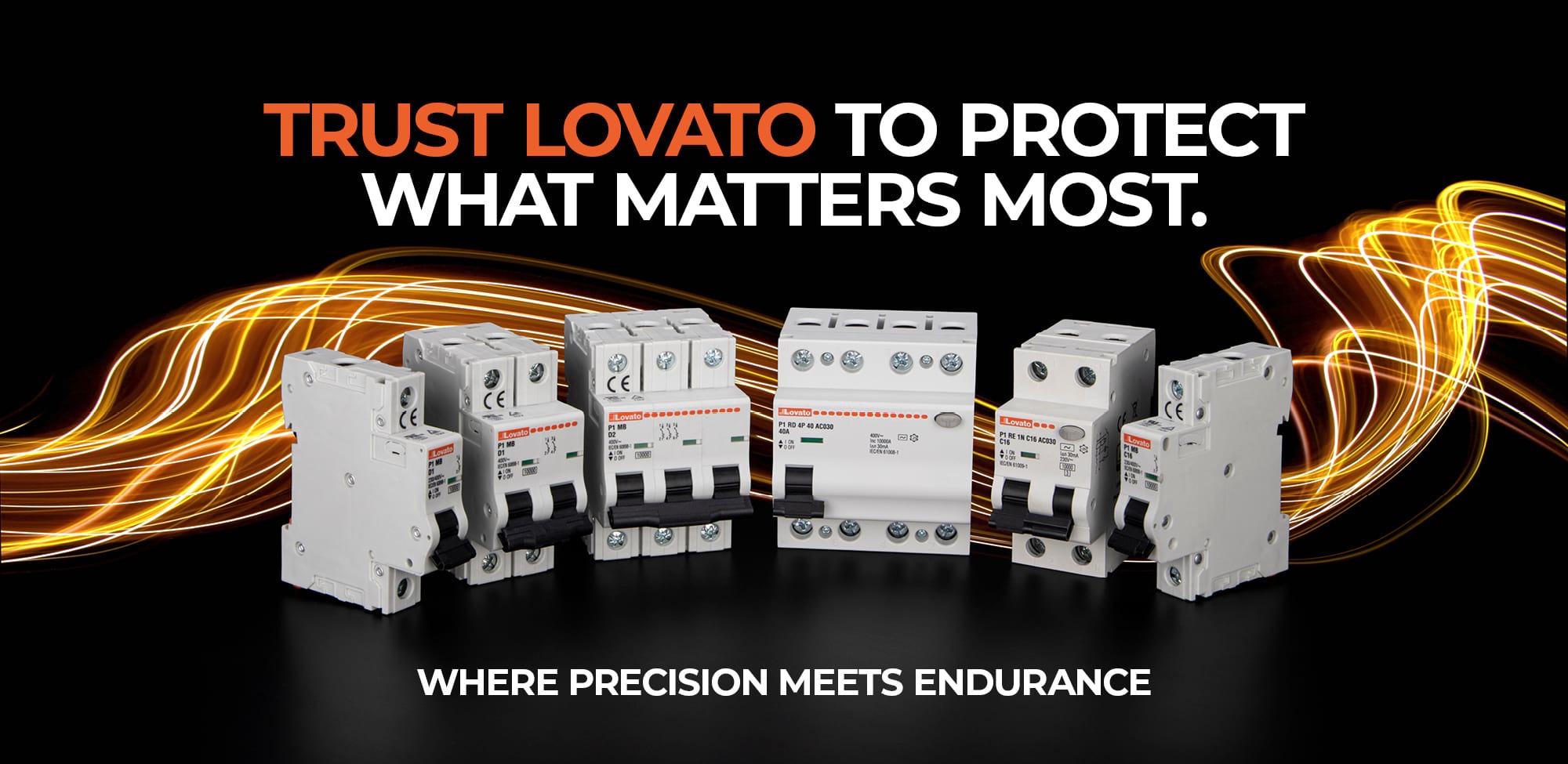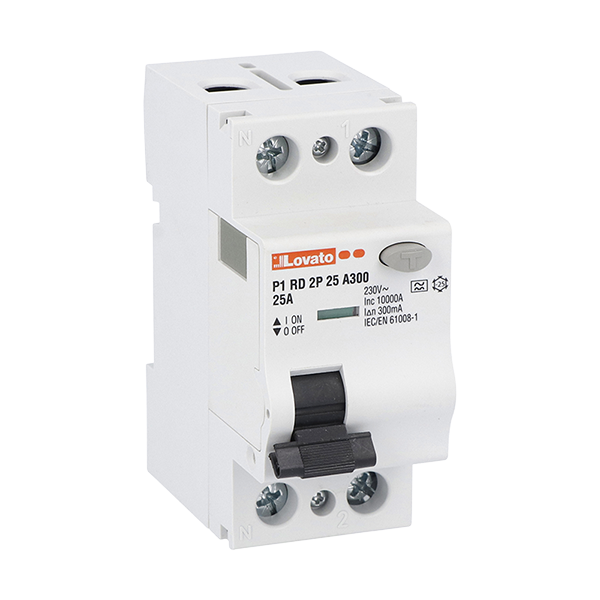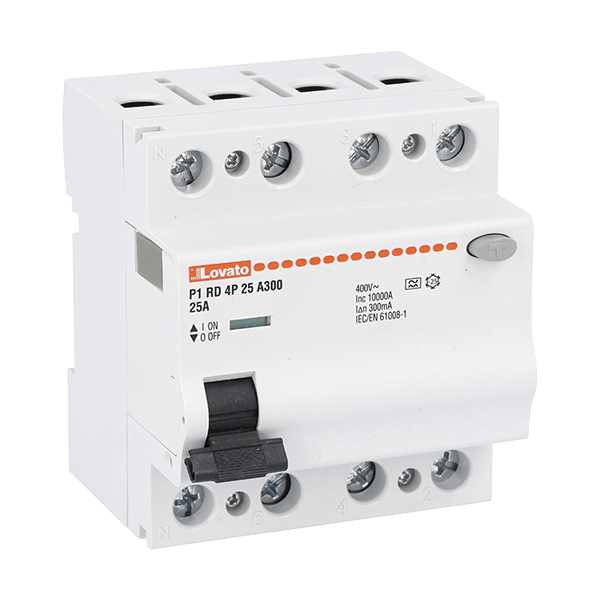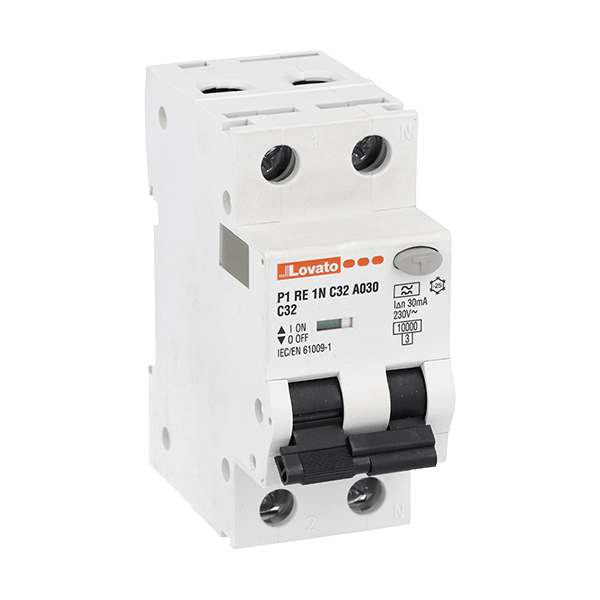
Introducing the latest RCCB & RCBO ranges
Available now from your nearest stockist.
What are RCDs?
Used on electrical systems to detect slight differences in current between live and neutral wires and quickly trip to protect against faults and leakages. Residual Current Circuit Breakers (RCCB), or with Overcurrent Protection (RCBO), which are also known as RCDs. These devices offer a higher level of safety and protection that is crucial in both residential and commercial settings.
RCDs enhance safety, protect lives and property. Whether it’s preventing electric shock, minimizing the risk of fires, or safeguarding expensive appliances, RCDs are an indispensable addition to any electrical installation. Investing in RCDs not only ensures compliance with electrical codes but also provides peace of mind, knowing that your electrical system is equipped with the latest safety technology.
In this blog, we will explore the many advantages of RCDs and why they are a must-have in any electrical installation
Key benefits
Electrical Safety
The primary and most significant advantage of RCDs is the enhancement of electrical safety. If an electrical fault, such as a ground fault or leakage current, occurs due to faulty wiring or damaged appliances, the RCD quickly trips, disconnecting the power supply.
Personal Protection
RCDs offer personal protection by minimizing the risk of electric shock. When someone accidentally touches a live conductor or a faulty appliance, the RCD detects the leakage current and interrupts the circuit within milliseconds, preventing potentially fatal injuries.
Fire Prevention
Electrical faults are a common cause of fires in commercial buildings. RCDs play a significant role in fire prevention by promptly shutting off the power supply when they detect ground faults or other abnormal currents.
Protecting Appliances
Faulty appliances or wiring can lead to damage or even destruction of expensive electronics and machinery. RCDs prevent such damage by quickly isolating the faulty circuit, saving and businesses from costly repairs and replacements.
Code Compliance
Many building codes and electrical regulations now require the installation of RCDs. Compliance with these codes is mandatory, ensuring that buildings are equipped with the latest safety technology.
Versatility
RCDs are available in various types and configurations, making them suitable for a wide range of applications. This versatility ensures that there is an RCD solution for every electrical system.
Ease of Installation
Installing RCDs is relatively straightforward, and they can be retrofitted into existing electrical panels with minimal hassle. Electricians can quickly integrate these devices into the electrical system, providing immediate safety benefits without extensive modifications.
Cost-Effective Safety
Considering the potential costs associated with electrical accidents, fires, and appliance damage, RCDs are one of the most cost-effective safety measures. Additionally, the reduction in electrical accidents can lead to lower insurance premiums for businesses.
Lovato RCD solutions range
P1RD (RCCB) & P1RE (RCBO) products
FAQs
Which protection is provided by the RCD?
The RCDs, that means Residual Current Circuit Breaker, are automatic protections that cut the electric line on which they are installed in the event of a ground fault (current leakage to ground). They are protections against indirect contacts.
What is the difference between type AC, type A and type B RCDs?
AC type RCDs are only sensitive to sinusoidal type fault currents. Type A RCDs, on the other hand, are sensitive to both sinusoidal currents and "unidirectional pulsed" currents, which may be present, for example, in systems with electronic devices for rectifying the current. These devices are capable of generating pulsed‐shape fault currents with continuous components that an AC type RCD is unable to recognize. The type B RCDs, besides being able to protect against sinusoidal and "unidirectional pulsed" fault currents, also protect against DC earth fault currents above 6mA DC. They also protect against high frequency fault currents.
Ask Lovato about the right solution for your application.
Call 01384 899700 or use our contact form and speak to one of our advisors. Follow us on LinkedIn for the latest from Lovato UK.




